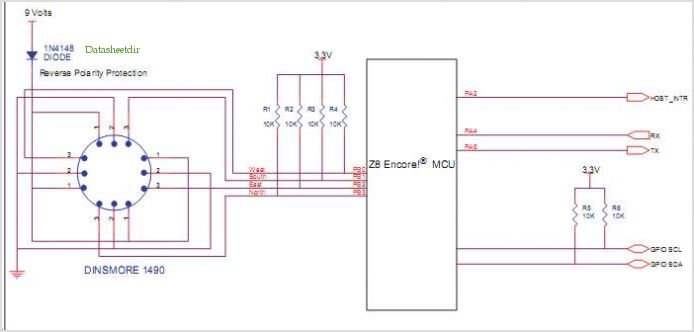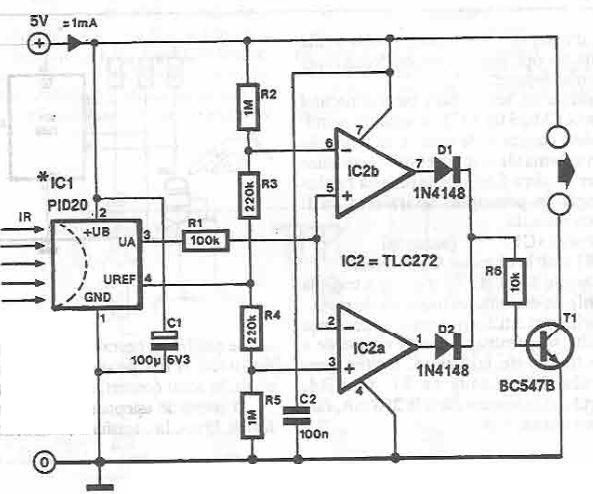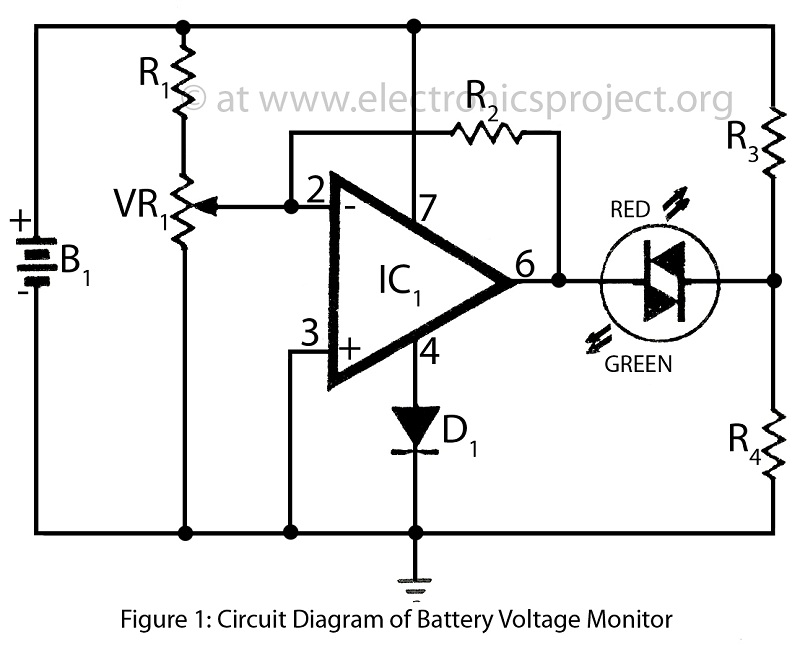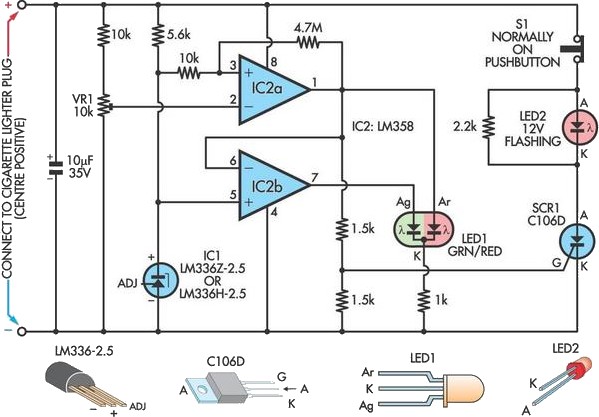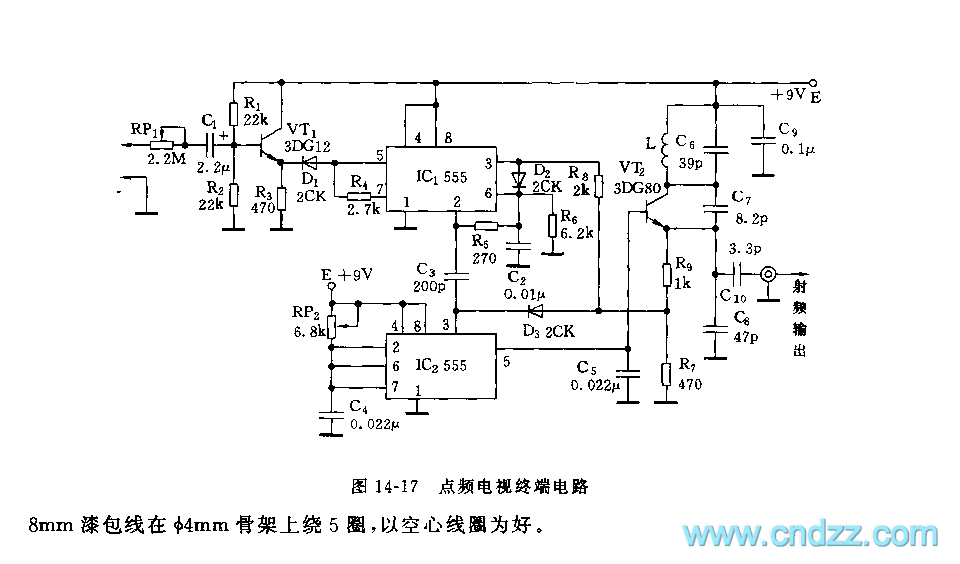
Battery ChargerCircuit Using IC 555

The simple battery charger circuit design presented here utilizes the versatile IC 555 as its primary component. This circuit is capable of charging various types of rechargeable batteries within the specified limits outlined in the article.
The battery charger circuit employs the 555 timer IC in astable mode to generate a PWM (Pulse Width Modulation) signal, which is crucial for controlling the charging process. The charging current can be adjusted by varying the resistor and capacitor values connected to the 555 timer, allowing for flexibility in charging different types of batteries, such as NiMH, Li-ion, or lead-acid.
The circuit typically includes a power supply input, which can range from a standard wall adapter to a solar panel, providing the necessary voltage and current for charging. The output of the 555 timer is connected to a transistor or a MOSFET, which acts as a switch to regulate the current flowing to the battery. A diode may also be included to prevent reverse current flow when the charging source is disconnected.
Additionally, the design may incorporate a voltage divider circuit for monitoring the battery voltage, ensuring that the charging process does not exceed the safe limits for the specific battery type. This can prevent overcharging, which could lead to battery damage or reduced lifespan.
For enhanced functionality, the circuit can include an LED indicator to signal the charging status, providing a visual cue that the battery is being charged. Overall, this simple yet effective battery charger circuit design is suitable for various applications, offering a practical solution for charging rechargeable batteries efficiently and safely.The simple battery charger circuit design shown here uses the versatile IC 555 as the main component. The circuit can be used for charging all types of rechargeable batteries within the specified limits as given in the article.
🔗 External reference
The battery charger circuit employs the 555 timer IC in astable mode to generate a PWM (Pulse Width Modulation) signal, which is crucial for controlling the charging process. The charging current can be adjusted by varying the resistor and capacitor values connected to the 555 timer, allowing for flexibility in charging different types of batteries, such as NiMH, Li-ion, or lead-acid.
The circuit typically includes a power supply input, which can range from a standard wall adapter to a solar panel, providing the necessary voltage and current for charging. The output of the 555 timer is connected to a transistor or a MOSFET, which acts as a switch to regulate the current flowing to the battery. A diode may also be included to prevent reverse current flow when the charging source is disconnected.
Additionally, the design may incorporate a voltage divider circuit for monitoring the battery voltage, ensuring that the charging process does not exceed the safe limits for the specific battery type. This can prevent overcharging, which could lead to battery damage or reduced lifespan.
For enhanced functionality, the circuit can include an LED indicator to signal the charging status, providing a visual cue that the battery is being charged. Overall, this simple yet effective battery charger circuit design is suitable for various applications, offering a practical solution for charging rechargeable batteries efficiently and safely.The simple battery charger circuit design shown here uses the versatile IC 555 as the main component. The circuit can be used for charging all types of rechargeable batteries within the specified limits as given in the article.
🔗 External reference
